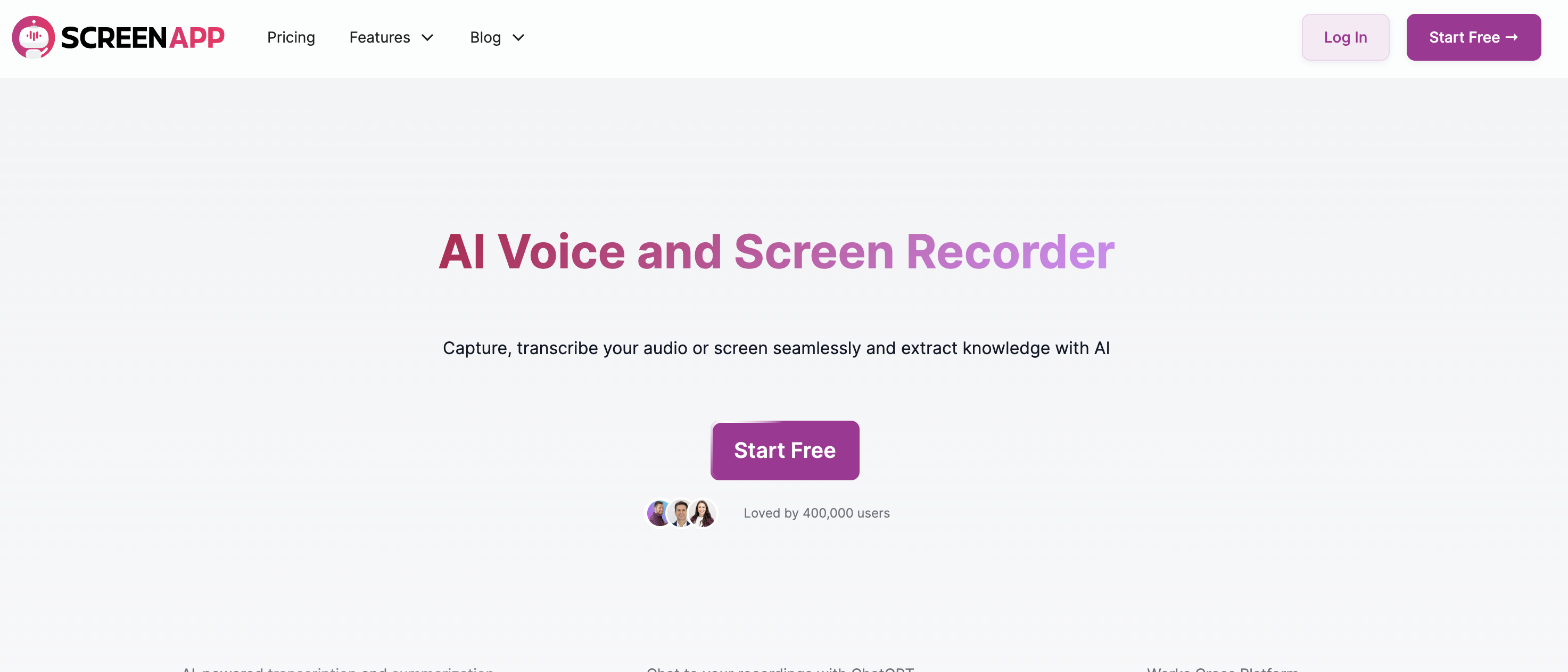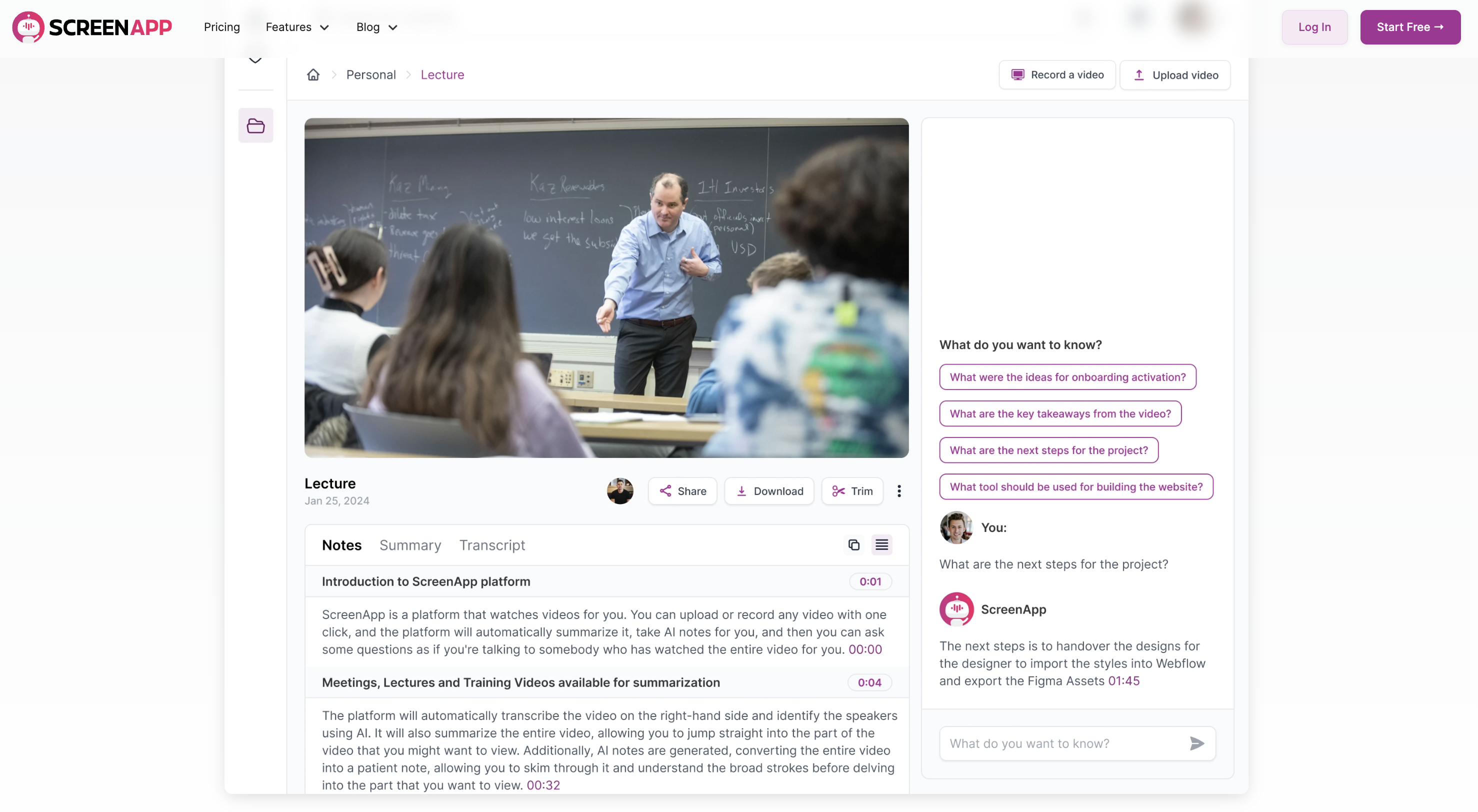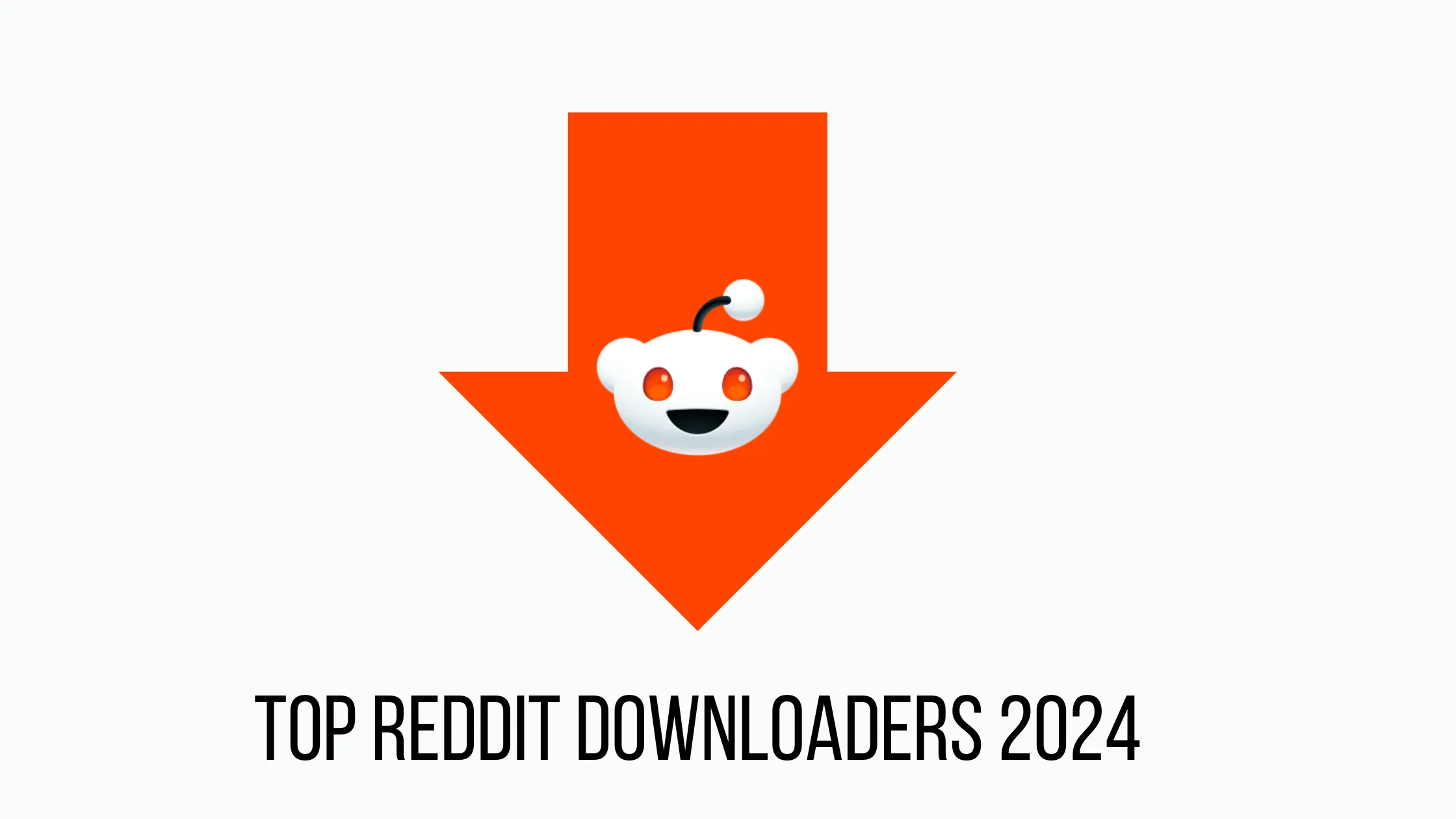Summarizing information accurately and concisely is a valuable skill for anyone navigating the world of text-heavy communication. This guide offers a comprehensive overview of objective summaries, explaining what they are, why they’re important, and how to create them effectively. Whether you’re a student delving into research papers or a professional encountering lengthy reports, this guide will equip you with the tools to grasp key points and communicate information efficiently.
Introduction
What is an Objective Summary?
An objective summary is a concise retelling of a source that focuses on the essential factual information and key points. It presents the main ideas of the original text in a neutral and unbiased way, avoiding personal opinions, interpretations, or judgments.
Think of it as a snapshot that captures the core message of the source material without any embellishments or personal slants.
Importance of Objective Summaries
Mastering the art of crafting objective summaries offers a range of benefits:
- Enhanced Comprehension: Objective summaries help you gain a deeper understanding of the main ideas and arguments presented in a text. By distilling the information down to its core, you can solidify your grasp of the material.
- Identification of Key Points: The process of creating an objective summary hones your ability to identify the most important information within a text. This skill is crucial for critical thinking and analysis across various disciplines.
- Improved Communication: Writing objective summaries strengthens your ability to communicate information accurately and concisely. This is valuable in academic writing, business communication, and everyday life.
- Boosted Efficiency: Objective summaries can save you valuable time by providing a quick and clear overview of a text. This allows you to determine if you need to delve deeper into the original source or if the summary provides sufficient information for your needs.
By effectively utilizing objective summaries, you can become a more efficient learner, a stronger communicator, and a critical thinker.
Key Elements of an Objective Summary
Crafting a strong objective summary hinges on three crucial aspects:
Grasping the Core Message
- Identifying the Central Theme: Your primary goal is to pinpoint the main idea or argument that the original text revolves around. This could be a central finding in a research paper, the main plot point in a story, or the key takeaway from a news article. Using a plagiarism checker and fixer can help ensure your interpretation and presentation of the central theme remain original and accurate.
- Asking Guiding Questions: Consider posing questions like “What is the main point the author is trying to convey?” or “What is the underlying argument being presented?” Analyzing the text through this lens will help you identify the core message.
Distinguishing Facts from Opinions
- Focus on Objectivity: Objective summaries prioritize factual statements that can be verified. Avoid subjective viewpoints, personal opinions, or interpretations expressed by the author.
- Identifying Subjective Language: Watch out for words or phrases that convey emotions, beliefs, or judgments. These might include words like “wonderful,” “unfortunate,” “should,” or “must.”
Maintaining a Neutral Tone
- Neutral Language: Opt for neutral language that accurately reflects the information in the original text. Avoid using emotionally charged words or language that conveys bias towards a particular viewpoint.
- Example: Instead of saying “The groundbreaking research definitively proves…” you could say “The research suggests a strong correlation between…”
Here’s an example incorporating these suggestions:
Identifying Main Ideas: A strong objective summary goes beyond just the main point. It should also capture the key supporting arguments that the author uses to build their case. Ask yourself questions like “What is the main point the author is trying to convey?” and “What are the key pieces of evidence used to support this point?”
Separating Facts from Opinions: Objective summaries focus on factual statements that can be verified. Avoid subjective viewpoints, personal opinions, or interpretations expressed by the author. Watch out for words or phrases that convey emotions, beliefs, or judgments. For example, instead of saying “The movie was a terrible waste of time,” you could say “The film received negative reviews for its predictable plot.”
Maintaining Neutrality: Use neutral language that accurately reflects the information in the original text. Avoid using emotionally charged words or language that conveys bias towards a particular viewpoint. Opt for more objective descriptions. For instance, instead of saying “The groundbreaking research definitively proves…” you could say “The research suggests a strong correlation between…”
By focusing on these elements, you can ensure that your objective summary accurately captures the essence of the source material without introducing your own interpretations or biases.
Mastering Objective Summaries: A Step-by-Step Guide
Crafting a strong objective summary is a valuable skill that enhances your understanding and communication. This guide will walk you through the process, offering tips and techniques at each stage:
Step 1: Deep Dive into the Text
- Active Reading: Don’t just skim! Give the text a close read, actively engaging with the material. Ask yourself questions like “What is the author’s purpose?” or “What evidence supports the main arguments?”
- Highlighting and Note-taking: Underline or highlight key points, focusing on factual statements, statistics, and main ideas. Take notes in your own words to capture these crucial elements.
Tip: Pay attention to the introduction, conclusion, and topic sentences of paragraphs, as these often hold the most important information.
Step 2: Capture Key Points
- Identify the Main Idea: As you analyze your notes and highlights, pinpoint the central theme or argument of the text. This is the foundation of your summary.
- Supporting Details: Look for details in your notes that elaborate on or support the main idea. These details might include specific examples, research findings, or key points that strengthen the author’s argument.
Tip: Ask yourself, “If I could express the main point of this text in one sentence, what would it be?”
Step 3: Organize Your Findings
- Structuring the Summary: Once you have identified the main idea and supporting details, structure your summary logically. You can often use a simple format:
- Briefly introduce the topic of the original text.
- State the main idea in a clear and concise sentence.
- Summarize the key supporting points, ensuring they connect back to the main idea.
Tip: Consider using transition words like “first,” “second,” “furthermore,” or “however” to create a smooth flow in your summary.
Step 4: Craft Your Summary
- Writing in Your Own Words: It’s time to write! Rephrase the information from your notes in your own words. This ensures you understand the material and avoids plagiarism.
- Conciseness and Clarity: Aim for a concise summary that is significantly shorter than the original text. Strive for clear and concise language, avoiding jargon or overly complex sentence structures.
Tip: You can get assistance from Prepostseo text summarizer to quickly make your written text concise and readable while ensuring the use of the most appropriate wording.
Additional Tips:
- Summary Length: The length of your summary will depend on the complexity of the original text. A good objective summary might be a single paragraph for shorter texts or a few concise paragraphs for longer works.
- Proofread and Revise: After writing, take time to proofread for errors, typos, or unclear phrasing. Ensure your summary accurately reflects the original text and flows logically.
Remember: An objective summary is not a substitute for reading the original text. However, by following these steps and using the provided tips, you can create summaries that enhance your understanding and communication in various contexts.
Objective Summaries in Various Contexts
Understanding how to craft objective summaries is valuable across different situations. Here’s how they can be applied:
Objective Summaries in Academic Writing
- Summarizing Research Articles: Imagine you’re reading a research paper on the effectiveness of a new teaching method. An objective summary would identify the research question, the methodology used (e.g., surveys, experiments), key findings (improved student performance), and any limitations of the study.
- Summarizing Non-Fiction Books: Objective summaries are invaluable for distilling the essence of non-fiction works, such as self-help books for men. These summaries focus on capturing key takeaways and actionable advice, making them practical tools for applying the book’s lessons.
Example Summary:
This research investigates the impact of a new, interactive teaching method on student learning outcomes in a science classroom. The study employed a pre-test/post-test design with a control group. Findings revealed that students taught with the new method showed statistically significant improvement in test scores compared to the control group. However, the authors acknowledge limitations, such as the study’s short duration and the need for further research in different contexts.
- Summarizing Literary Works: When analyzing a novel, an objective summary might provide a brief overview of the plot, major characters, and central themes without delving into your personal interpretations. Just like an engraved wooden plaque from Eclipse Awards captures the essence of an achievement in a simple, timeless form, a summary should capture the essence of a text clearly and concisely without adding personal bias.
Example Summary:
F. Scott Fitzgerald’s “The Great Gatsby” narrates the story of Jay Gatsby, a mysterious millionaire who throws extravagant parties in an attempt to win back his lost love, Daisy Buchanan. The novel explores themes of social class, the American Dream, and the destructive nature of obsession.
Objective Summaries in Business Reports
- Summarizing Market Research: In the business world, summarizing market research might involve highlighting the target audience, key findings on consumer preferences, and potential market opportunities. Effective market research uses residential proxy servers to collect accurate, location-specific data while bypassing geo-restrictions, offering deeper insights into consumers and markets.
Example Summary:
A recent market research study investigated consumer preferences for sustainable packaging options. The study found that a significant majority of respondents are willing to pay a premium for eco-friendly packaging. This suggests a growing market opportunity for companies offering sustainable packaging solutions.
- Summarizing Financial Data: Objective summaries can be used to condense lengthy financial reports, focusing on key metrics like revenue, profits, and any significant trends. Similarly, a salary pay stub provides a concise summary of an employee’s earnings and deductions, offering a straightforward snapshot of individual compensation.
Example Summary:
The company’s annual report shows a steady increase in revenue over the past five years. Net profits have also grown, exceeding analyst expectations. However, the report acknowledges a slight decrease in profit margins, which warrants further investigation.
Resumes (Professional Summary, not Objective Statement)
While resumes don’t typically use the term “objective summary,” a well-written professional summary serves a similar purpose. It concisely highlights your most relevant skills, experience, and achievements, tailored to the specific job you’re applying for.
Example Summary:
Highly motivated marketing professional with 5+ years of experience in developing and executing successful marketing campaigns. Proven track record of increasing brand awareness and driving sales growth. Skilled in content marketing, social media marketing agency, and email marketing. Eager to leverage my skills and experience to contribute to [Company Name]‘s ambitious growth goals.
Note: This is an example of a professional summary, not an objective statement. An objective statement typically focuses on your career goals, while a professional summary highlights your qualifications for a specific role.
Common Mistakes to Avoid in Objective Summaries
Crafting a strong objective summary requires focus and attention to detail. Here are some common pitfalls to watch out for:
- Infiltrating Your Opinions: Remember, objectivity is key! Avoid injecting personal opinions, judgments, or interpretations. Instead of saying “This movie was a total waste of time,” focus on factual information like “The film received negative reviews for its predictable plot.”
- Plagiarism Patrol: Don’t simply copy chunks of text from the source material. Rephrase the information in your own words while still conveying the same meaning. This demonstrates your understanding and avoids plagiarism.
- TMI (Too Much Information): Stick to the essentials. Don’t get bogged down by irrelevant details that don’t contribute to the main points. Your summary should be concise and focused on the core message of the original text.
- The Missing Pieces: An objective summary shouldn’t omit crucial information. Ensure you capture the main idea and key supporting arguments presented in the source material. If a concept is essential to understanding the overall message, be sure to include it in your summary.
By keeping these mistakes in mind, you can create objective summaries that accurately reflect the source material and effectively convey the key information.
Using AI Tools for Generating Objective Summaries
While mastering the art of crafting objective summaries is a valuable skill, there are situations where AI tools can offer a helping hand. In this section, we’ll explore how AI can assist you and introduce ScreenApp AI as a helpful resource.
Introduction to ScreenApp AI

ScreenApp AI is a tool that utilizes artificial intelligence to analyze text and extract key information. This can be particularly beneficial for generating objective summaries.
How ScreenApp AI Can Help with Objective Summaries

ScreenApp AI works by employing sophisticated algorithms to:
- Read and Comprehend Text: The AI carefully reads the text you provide, identifying the main ideas and supporting arguments.
- Extract Key Information: ScreenApp AI then sifts through the text, pinpointing the essential factual elements.
- Generate a Summary: Based on its analysis, the tool creates a concise summary that highlights the core message of the original text.
Best Practices for Using AI Tools
While AI tools like ScreenApp AI can be a valuable asset, it’s important to remember that they are not foolproof. Here are some key practices to ensure the best results:
- Review and Edit: AI-generated summaries should always be reviewed and edited by you. This ensures accuracy, coherence, and removes any potential biases the AI might have introduced. Don’t hesitate to revise the summary to ensure it accurately reflects your understanding of the source material. You can leverage an AI-powered rewording tool to execute this task, which can refine your content and make it easily understandable.
- Maintain a Critical Eye: While AI can be a great time-saver, it’s crucial to approach AI-generated summaries with a critical eye. Double-check the information for factual accuracy and ensure the summary captures the essence of the original text.
Benefits of Using AI Tools for Objective Summaries
There are several advantages to using AI tools like ScreenApp AI for objective summaries:
- Save Time: AI can quickly process lengthy texts, saving you valuable time that would be spent manually summarizing the material. This allows you to focus on analysis, interpretation, or other tasks.
- Ensure Consistency: AI can help maintain consistent quality in your summaries, especially when dealing with a large volume of text.
- Starting Point: AI-generated summaries can serve as a helpful starting point, providing a foundational structure for you to build upon and refine as needed.
By understanding the capabilities and limitations of AI tools like ScreenApp AI, you can leverage them to enhance your efficiency and effectiveness in creating objective summaries.
Frequently Asked Questions (FAQs)
Objective Summaries
- What is the difference between an objective summary and a subjective summary?
An objective summary focuses on factual information and avoids personal opinions, interpretations, or judgments. A subjective summary, on the other hand, may include your own thoughts, feelings, and reactions to the source material.
- What are the benefits of writing objective summaries?
- Improves comprehension of the main ideas and arguments.
- Enhances critical thinking and analytical skills.
- Develops clear and concise communication skills.
- Saves time by providing a quick overview of a text.
- How long should an objective summary be?
There’s no strict rule, but generally, an objective summary should be significantly shorter than the original text. Depending on the complexity, it could be a single paragraph or a few concise paragraphs.
Using AI Tools for Objective Summaries
- Can AI tools completely replace the need to write objective summaries myself?
No, AI tools are not a substitute for your own critical thinking and analysis. While they can generate summaries, it’s important to review and edit them for accuracy, coherence, and completeness.
- What are some things to watch out for when using AI tools for objective summaries?
- Accuracy: Double-check the information in the AI-generated summary to ensure it reflects the source material accurately.
- Bias: Be aware that AI tools might have inherent biases. Review the summary for any potential slants that don’t align with the original text.
- Clarity: AI-generated summaries might not always be perfectly clear or well-written. Edit the summary for readability and flow.
- What are some benefits of using AI tools for objective summaries?
- Save time: AI can quickly process lengthy texts, freeing up your time for analysis or other tasks.
- Maintain consistency: AI can help ensure consistent quality in your summaries, especially when dealing with a large volume of text.
- Starting point: AI-generated summaries can serve as a helpful starting point for you to build upon and refine.
By understanding both objective summaries and AI tools, you can effectively utilize them to enhance your learning, communication, and critical thinking skills.
Conclusion
This guide has equipped you with the knowledge and tools to create informative and effective objective summaries. Here’s a recap of the key takeaways:
- Objective summaries are concise retellings that focus on factual information and central ideas, omitting personal opinions or judgments.
- They offer a multitude of benefits, including enhancing comprehension, strengthening critical thinking, improving communication, and saving time.
- Crafting strong objective summaries is valuable in various contexts, from academic writing and business reports to professional summaries and everyday communication.
Ready to take your summarization skills to the next level?
Here are some helpful resources:
- Online Tutorials: Many educational websites offer interactive tutorials on writing objective summaries. These tutorials often include clear explanations, practical examples, and quizzes to test your understanding.
- Worksheets: Downloadable worksheets can provide guided practice in identifying main ideas, separating facts from opinions, and structuring summaries.
- Sample Objective Summaries: Analyze well-written objective summaries of various texts to understand best practices and different approaches.
Remember, effective summarization is a valuable skill that empowers you to:
- Process complex information efficiently.
- Communicate key points clearly and concisely.
- Strengthen your analytical and critical thinking abilities.
Sharpen Your Skills Through Practice:
- Practice writing objective summaries of different types of texts, such as news articles, research papers, or book chapters.
- Seek feedback: Share your summaries with peers, mentors, or online communities for constructive criticism. This can help you identify areas for improvement and refine your skills.
Developing strong summarization skills is an investment in your academic and professional success. By following the steps outlined in this guide, practicing regularly, and seeking feedback, you can become an expert at creating clear, concise, and objective summaries.






